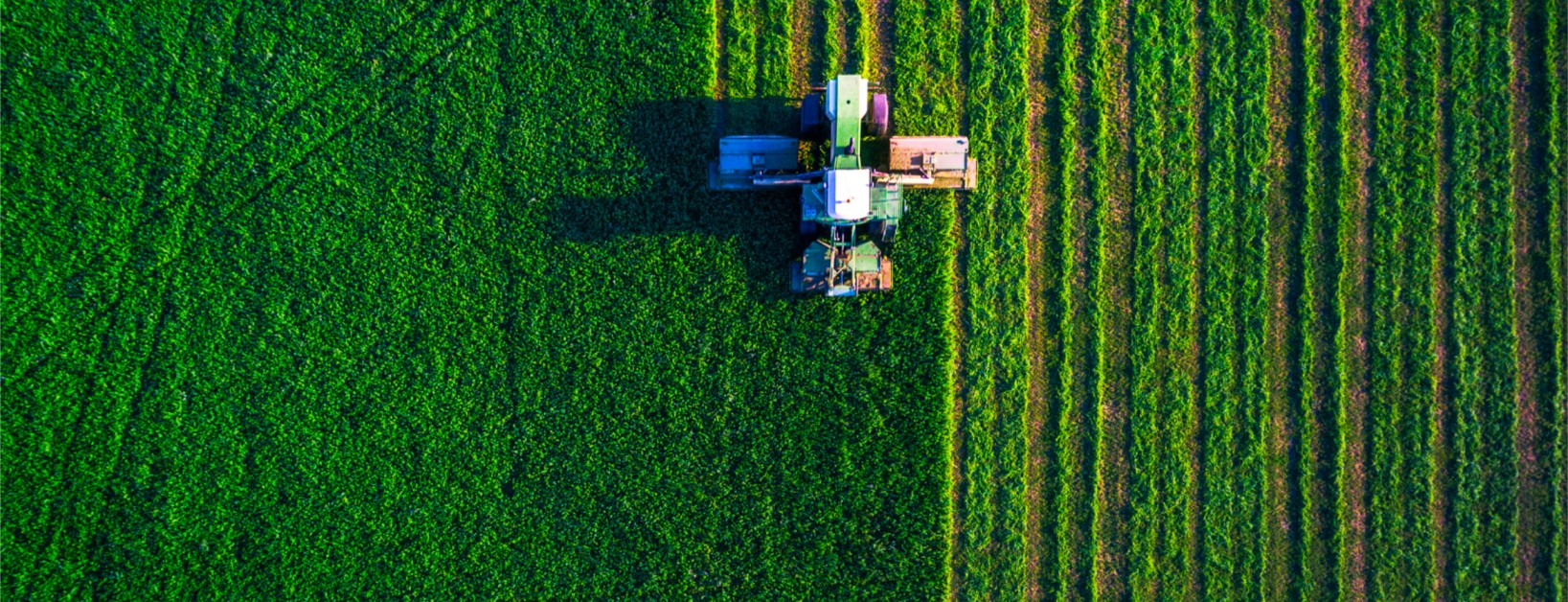Monitoring climate change from space
09 AUGUST 2019
Yesterday saw the release of yet another disturbing report from the United Nations (UN) Intergovernmental Panel on Climate Change (IPPC), this time underpinning how critical human exploitation of land is a causal parameter of climate change.
The big takeaway is that while the UN has repeatably advocated for the reduction of the use of fossil fuels, this will not be enough to circumvent climate change and ensure a sustainable trajectory alone.
Unsustainable land use practices and a growing population has resulted in an ever-increasing emission of greenhouse gases into the atmosphere, exacerbating climate change, which consequently worsens the state of the planet – making it largely uninhabitable in many areas.
However, while the exploitation of land, and unsustainable land use practices is a big part of the problem, contributing almost 25% of global greenhouse emissions, it is also a major part of the solution.
In DHI GRAS we have a long history of almost 20 years, developing transformative applications based on satellite-data to provide critical information on the state of our planet, ecosystems and dynamics which can be used to mitigate the impacts of climate change and contribute to increase efficiency and effectiveness in our land use systems.
Using advanced machine learning algorithms and high-resolution data from the Sentinel satellites, we can measure and monitor a long range of parameters which can be used to optimize agricultural production systems and land use practices.
- We can monitor and map land degradation and land degradation risk, which enables decision makers to take timely action to avoid, reduce and reverse land degradation which is critical to protect critical ecosystems which maintain biomass and mitigate climate change impacts.
- We can monitor the productivity of production systems to provide key data and information which allows farmers and smallholders to optimize the use and application of fertilizers and pesticides to limit the release of CO2 and nitrous oxides.
- Actual evapotranspiration can be measured at field level, by estimating transpiration from the vegetation and the evaporation from soil surfaces. As climate change is significantly reducing the quantity of renewable surface water and groundwater resources, this information is critical in order to optimize the amount of carbon assimilated as biomass in the crop, per water unit used in the production. We are currently applying this approach within an irrigation scheme in Uganda, under our AI4WATER project, aiming to reduce water consumption by 30%.
Besides contributing with data and information relevant for the optimisation of land production systems, we deliver critical data which can be used to monitor the effects of climate change and mitigate impacts. - Based on historical and recent satellite imagery we can extract information about coastal dynamics, providing estimations of coastline changes (meters/year) caused by factors such as sand erosion/deposition, storm surges and sea level rise.
- We can provide near real-time information on marine ecosystems including water quality, which provides key information allowing for proactive management of water incidents, such as algal blooms caused by release of excess nutrients from agriculture, red tides or sediment plumes.
- We can proactively monitor flood risks and map the extent of flooding events, which is critical for efficient flood risk management and land use planning.
- We can monitor temperature changes, i.e. to identify urban heat islands, and we can map impervious surfaces which can be used by city planners and public authorities to manage and plan green spaces and manage water runoff to prevent flooding, erosion and water pollution.
So, while the IPCC concludes that the planet is on an unsustainable trajectory, we believe we are part of the solution – by bridging critical earth observation data and relevant stakeholders, we can enable decision makers to take confirmative actions to respond to the severity of climate change.
More information about climate related services at DHI GRAS

EOatDHI part of the DHI GROUP
gras@dhigroup.com
+45 4516 9100
Agern Alle 5,
2970 Hørsholm,
Denmark
CVR: 36466871
